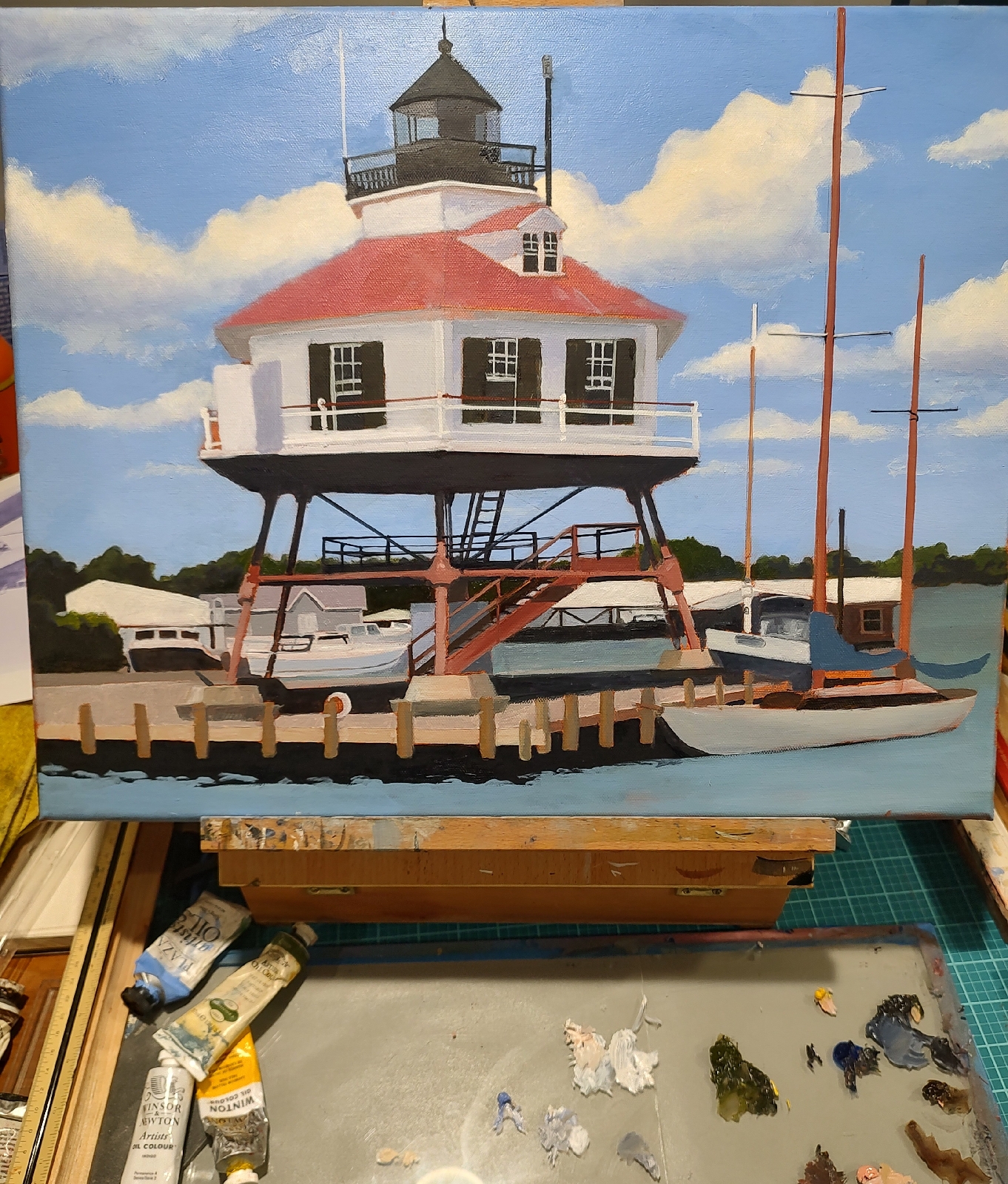Andrew Tucker Art & Illustration
Friday, January 3, 2025
Monday, October 12, 2015
Work in Progress: Brevet Captain Ketchum in color pencil
A color pencil portrait of Captain William Scott Ketchum of the US Army 6th Infantry as he would have looked in the late 1840s while serving garrison duty on the Great Plains at Fort Gibson and Fort Laramie.
Wednesday, September 16, 2015
A Page from the General's Pocket Diary / Evidence in a Murder Trial
 |
| General Ketchum's Pocket Diary |
 |
| Pages from inside William Scott Ketchum's Pocket Diary from January of 1871. |
 |
| Civil War era photo of General William Scott Ketchum |
Thursday, September 10, 2015
General Ketchum's Cup (one of them anyway)
One of a larger set of three remaining monogrammed silver cups that once belonged to Brigadier General William Scott Ketchum. I speculate there may have been a set of four at one time. I believe them to be made of "coin silver" and monogrammed, of course, with the initials "WSK." They look to be well used. I can only wonder when he used them, where he used them, and what he may have poured into them. With whom did he share a drink with and what did they discuss? They have been kept in the family's possession since his untimely death in 1871.
Wednesday, August 12, 2015
Henry Atwood: Aviation Pioneer
In the photo you may notice the cylindrical form on which Atwood stands. This is one of two pontoons that Atwood fabricated and attached to the Wright B Flyer. They were to be useful in keeping the plane afloat should he have to land in water.
My grandmother spent summers at a house in Nyack and was very possibly familiar with the Davies family or at least they may have lived nearby. On the back of the post card the words "Part of Mrs. Davies' Estate 1911" are written. My grandmother was 16 years old in 1911. An event such as this would have surely captured the imagination of many at that time.
*Addendum:
9/20/2015
The house my grandmother visited in Nyack, New York was, in fact, the home of the Davies. I have found photos in one of her old albums to prove it. The rather large and imposing home along the Hudson was named 'Belle Crest.'
 |
| My grandmother, Edna Montgomery, (front left) on the steps of 'Belle Crest' with the Davies family and their dogs ca., 1916. |
 |
| Postcard of the Davies' home in Nyack, New York. The house was 62' wide x 50' deep made of mountain stone and lumber. Built upon the old Green estate. |
 |
| My Grandmother, Edna Montgomery, on the front lawn of the Davies' home, 'Belle Crest' ca., 1916 |





